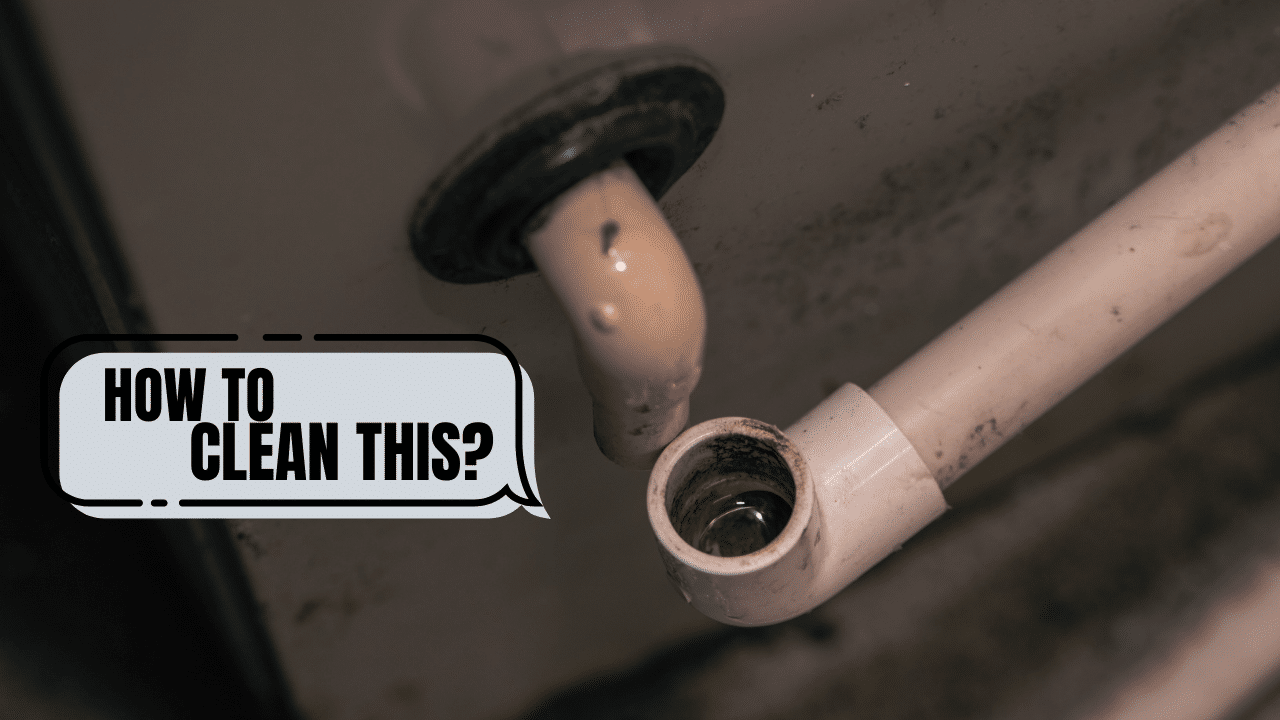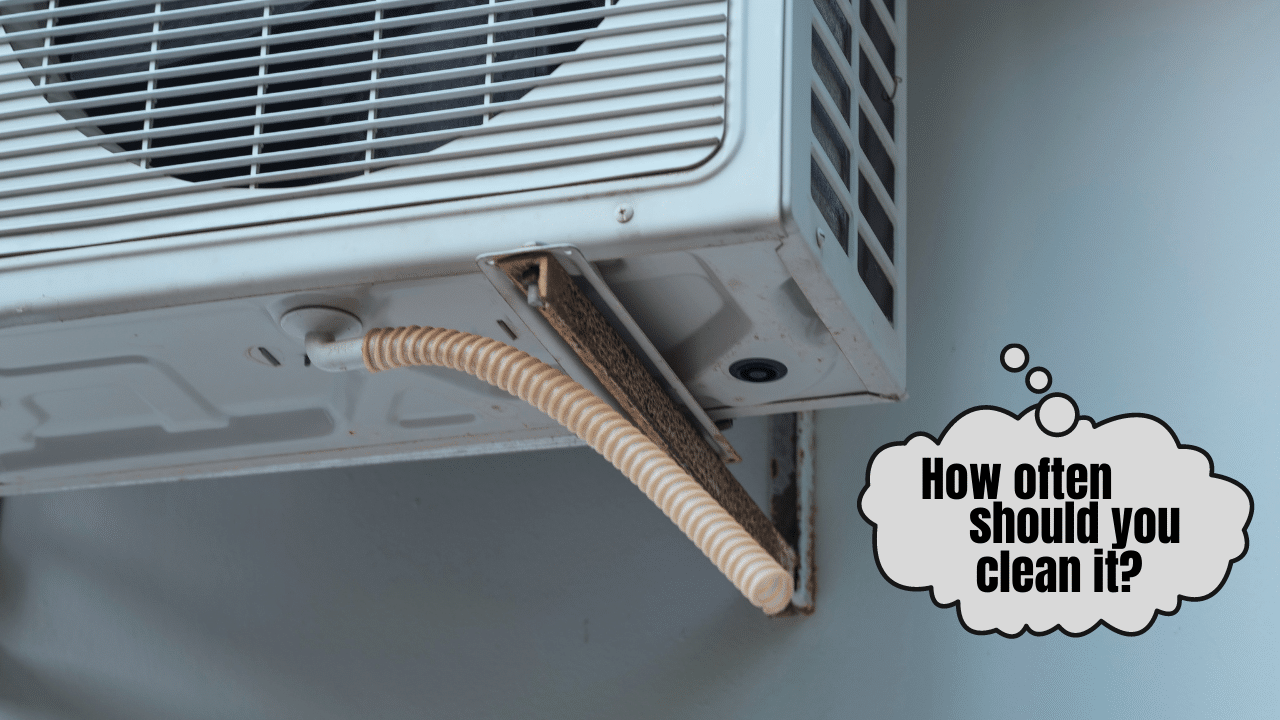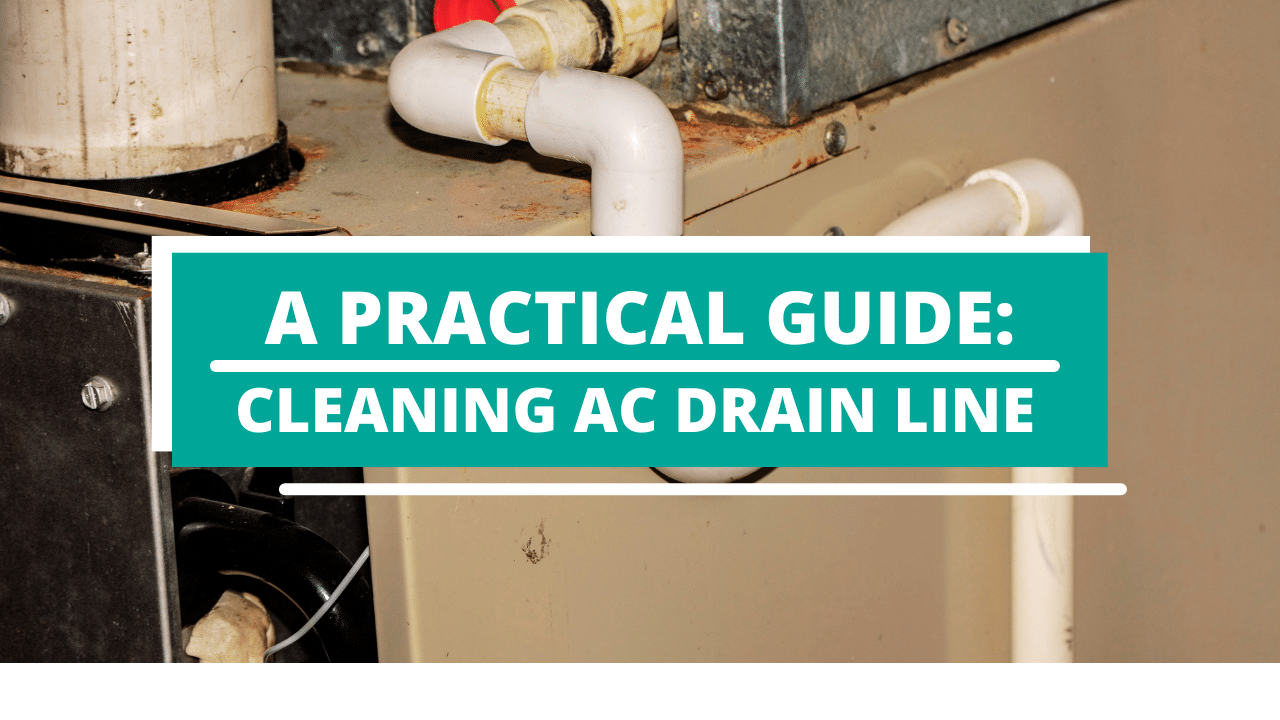It always happens in the middle of summer, at an inconvenient time - your home AC system stops working. (Related: 9 Things To Know About The Air Conditioning System In A Florida Home And #9 May Be The Most Important!) One of the most common causes of this inconvenience is a clogged drain line. It’s one of the first things an HVAC technician will check, and the fix is actually very simple. So, you might be wondering: how to clean an AC drain line?
To begin the cleaning process, switch off your air conditioner and attempt to manually eliminate any obvious obstruction. After that, connect a wet and dry vacuum machine to the drain line’s endpoint and run it at high power for a few seconds.
However, you might require some other steps if the clog in the drain line is too stubborn. Besides, you must know all the steps in detail to understand the cleaning process properly. So, in this article, I’ll go over the step-by-step procedure of cleaning an AC drain line, along with some other information that you might find helpful.

How to Clean your AC Drain Line: Step by Step
To clean your AC drain line, switch off the electricity to your AC and use your hands to remove any visible clog. Then, using a wet / dry vacuum or a drain snake, clear the line.
Now, let’s discuss the step-by-step process of cleaning your AC drain line:
1. Turn off the Power of your AC
First of all, you have to switch off the air conditioner at the thermostat. Then, switch off the circuit breaker that supplies power to the unit. It will avoid any electrical mishaps while cleaning the drain line.
However, you will have to turn a few switches off and see whether the AC is turned off or not to identify the relevant breaker if the controls are not marked in the breaker box.
2. Manually Remove any Blockages if Possible
Now, you have to find the drain line’s endpoint outside your house. Generally, it is close to the AC system’s condenser unit.
Once you have found the termination of your drainpipe, try to manually eliminate any debris or blockage with your hands. Clean anything that appears to be obstructing the drain with hands wearing gloves or pliers if it is difficult to reach. But if there is not anything visible, you will have to vacuum the clogs out.
3. Attach a Vacuum to the Drain Line's End
Now, it’s time to place the vacuum hose’s tip at the end of the drain line, overlapping it if feasible. Then, using a tightly rolled cloth, attach the vacuum cleaner hose to the drain line's end. However, rather than using a cloth to keep the hose and drain connected, you can tie duct tape across the link to form a tight seal.
4. Set the Vacuum to High for 6-8 seconds
To clean the clog, run the vacuum machine on high power for 6-8 seconds. After that, look over the trash storage of the machine to check whether the clog was sucked away or not. But if the blockage remains, continue running the vacuum machine for five to six seconds at a time until it has been operating for about 1 minute.
After that, pour a little water into the access hole of the drain line and check to see whether the water flows out the opposite end to confirm the clog has been cleared.
Once you are sure you have cleaned the clog, re-start the air conditioner and examine it to ensure it’s working properly.
5. Use a Drain Snake or Rebuild the Drain Line for Stubborn Clog
Finally, if the vacuum machine and water fail to remove a difficult clog, you can use a drain snake. Insert the drain snake making sure it doesn’t direct towards the air handler since it might damage the evaporator coil.
On the other hand, the blockage might be so terrible and stubborn in some cases that the only option to clear it is to fully reconstruct the drain tube. However, this is not something that happens frequently.
Why you shouldn't Use Bleach or Vinegar
Since bleach and vinegar are corrosive to metals, it’s better if you don’t use them to clean the drain line of your air conditioner. Moreover, these solutions might also damage the evaporator coil and the drain pipe.
So, although many people suggest cleaning the AC drain lines with bleach or vinegar, it is not a smart idea. The following are some of the reasons why you shouldn’t use bleach or vinegar:
- 1Corrosive to Metals. The fact that bleach and vinegar are extremely destructive to metals is the main reason behind not using them to clean the drain line of your AC. To put it another way, these solutions basically devour metal. Thus, you should avoid using vinegar or bleach solutions to save the metal parts of your air conditioner.
- 2Damage the Evaporator Coil & Drain Pipes. Well, the air handler contains the evaporator coil. It is generally only a few inches far from the air conditioner’s drain line. These coils are generally made of aluminum or copper. So, when you use a corrosive liquid like bleach or vinegar, the evaporator coil will rust.The explosive mixture of acid and bleach might produce substantial heat. The temperature from the combination might damage the pipes and, in severe situations, cause them to explode.
- 3Can cause Health Issues. Using chemical solutions, especially bleach might also take a toll on your health. Bleach can irritate the eyes and lungs. Bleach, as well as its vapors, can be hazardous. It might irritate the eyes and cause inflammation of the mucus membranes. Furthermore, asthma and heart problems sufferers may experience breathing troubles too.

How Often should you Clean the AC Drain Line?
Your air conditioner might shut off automatically due to a clogged drain line, and water might also leak. So, you should clean your AC’s drain line two or three times a year, or every six to three months.
However, regardless of whether six months have passed or not, you must clean it as soon as you notice the signs of a clogged drain line. Here are some of the signs of a clogged AC drain line:
So, if you see one or more of the indicators listed above, it’s probably time to clean your AC drain line. But before you begin the cleaning process, have a professional inspect your air conditioner to make sure the problem isn't something else.
Why Getting a Professional Help is the Best Solution
If you attempt to clean the drain line of your AC without the necessary tools or skills, it might result in broken pipes. It will eventually necessitate costly repairs and cleanup. So, it is best to hire a professional to do the job.
Well, professional service will not only prevent clogs in drain lines but will also ensure that your system is functioning at full efficiency. The professionals have all the essential equipment to clean the drain lines properly. Moreover, they might also add an access vent if required besides clearing the blockage.
Conclusion
A clog in your AC’s drain line might lead to severe complications in the future. By now, you’ve got an idea about how to clean an AC drain line. So, remember to keep the drain line clean and ensure a long lifespan for your AC.

